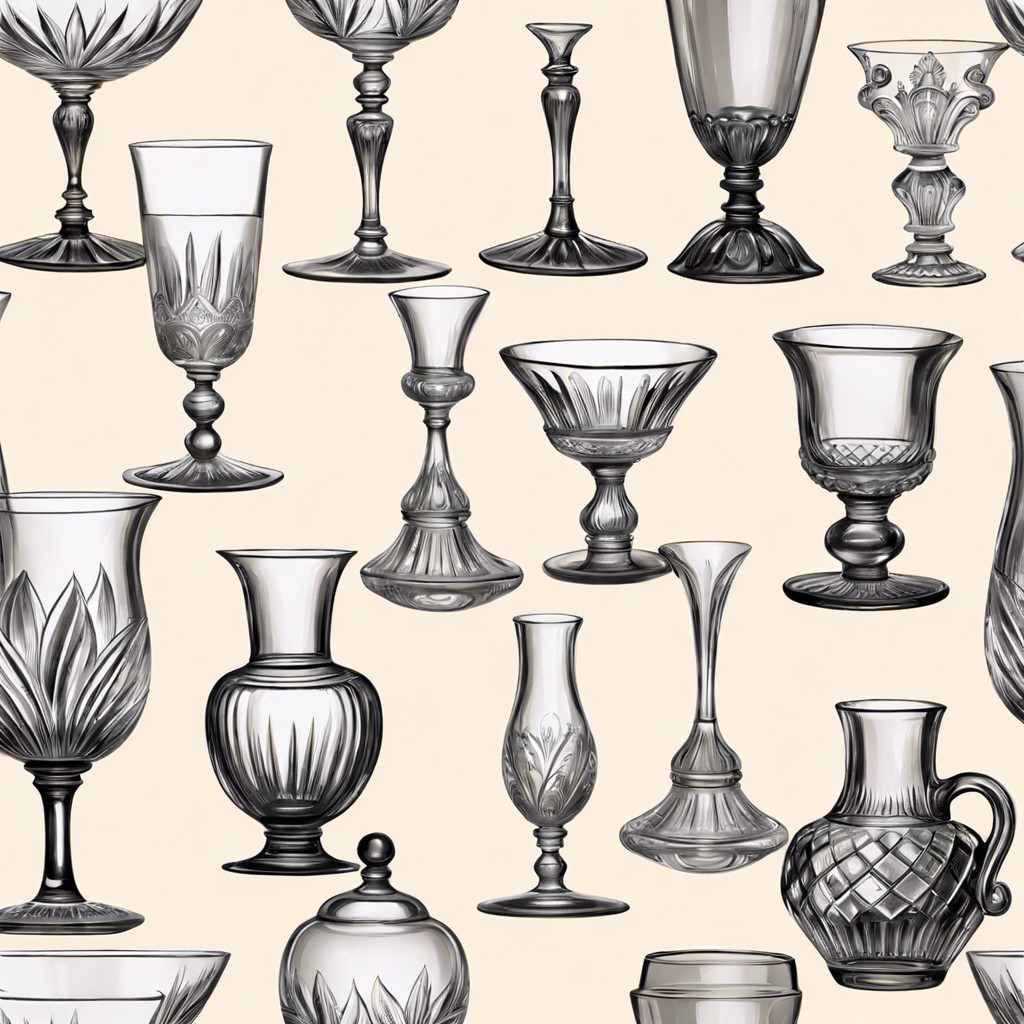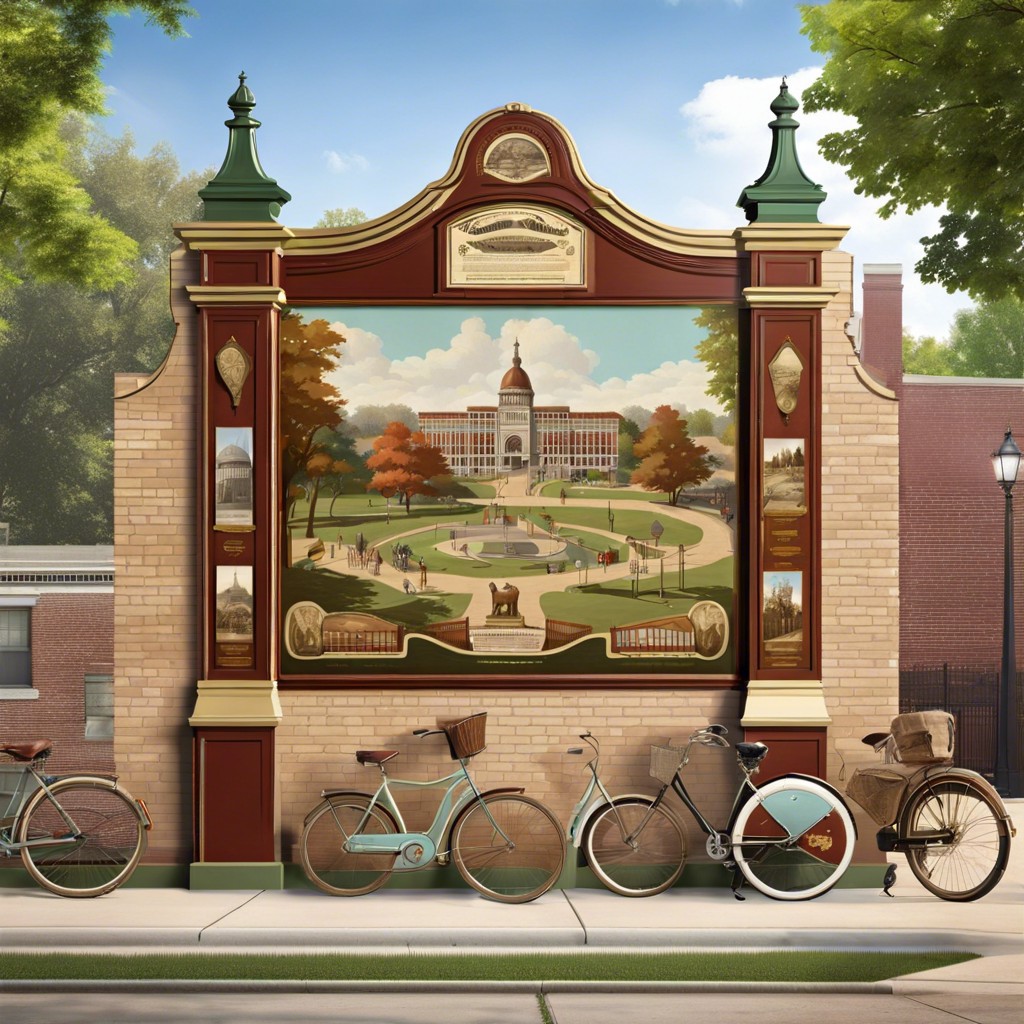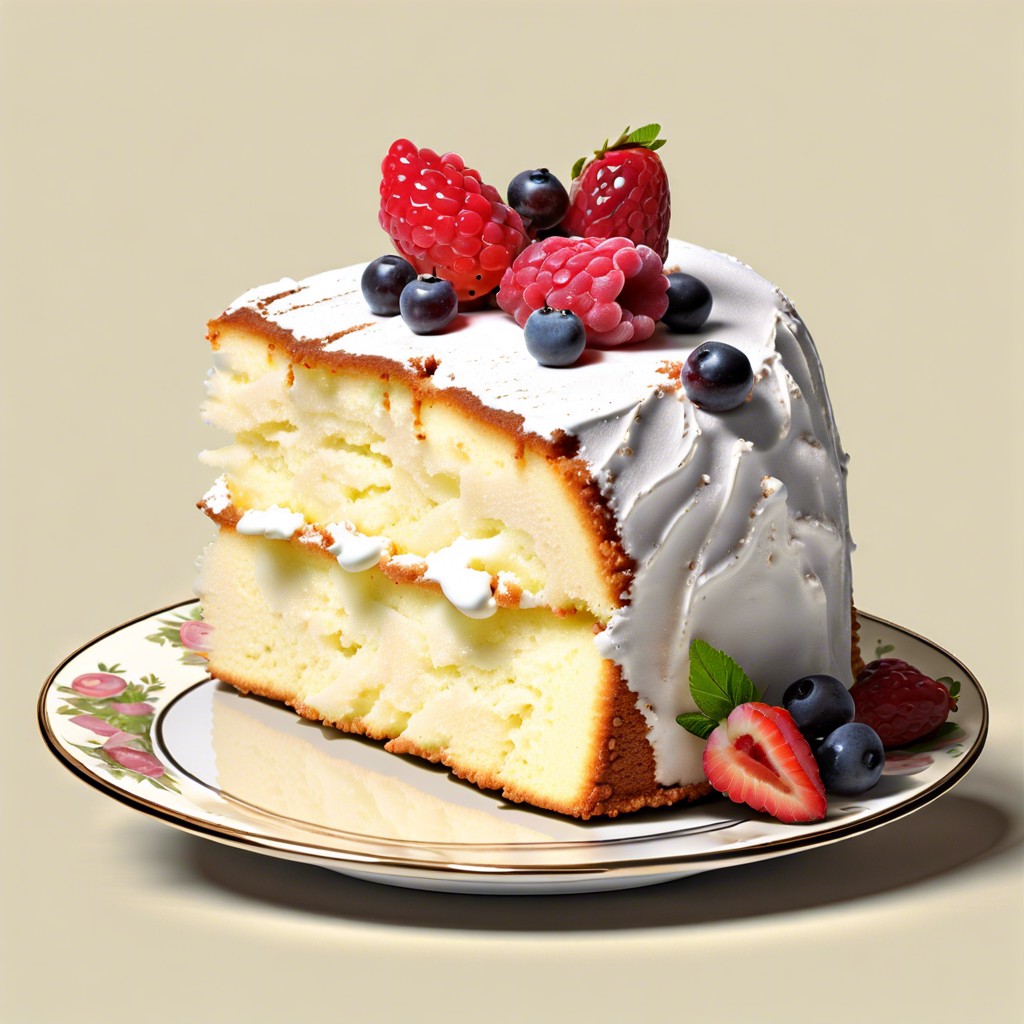Last updated on
This article provides guidance on identifying and valuing vintage glassware, and outlines care and maintenance tips to preserve these cherished items.
Key takeaways:
- Vintage glassware has a rich history spanning centuries and reflects different cultural and economic contexts.
- Popular vintage glassware styles include Art Deco, Depression glass, carnival glass, and milk glass, each with its own unique characteristics.
- Notable manufacturers of vintage glassware include Fenton Art Glass Company, Anchor Hocking, Baccarat, and Murano glass.
- Taking proper care and preservation measures is crucial to maintaining the condition and value of vintage glassware.
- When starting a vintage glassware collection, define your focus, educate yourself on authenticity and value, set a budget, and enjoy the hunt for unique pieces.
Historical Overview of Vintage Glassware

Glassware has been crafted for centuries, evolving through numerous historical and cultural phases. Initially, the Romans excelled in glassblowing, a technique established around the 1st century BC, allowing for more intricate and delicate designs. Moving into the Middle Ages, Venice became a hub for glassmakers, famed particularly for the creation of clear, pure glass known as cristallo.
The 18th and 19th centuries marked significant innovation in glass production, particularly in America and Europe. English glassmakers introduced lead crystal, enhancing glass clarity and weight, which became highly sought after. Meanwhile, in America, the pressed glass method was developed in the early 19th century, making glass items more accessible to the general populace.
Each era’s social and economic context influenced glassware styles and production methods, leaving behind a rich tapestry of designs that continue to captivate collectors and historians alike. Collectively, these periods have gifted us with a diverse array of vintage glassware, each piece holding stories of its time.
Key Characteristics of Popular Vintage Glassware Styles

Art Deco glassware, originating in the 1920s and 1930s, showcases geometric shapes and vibrant colors. These pieces often feature bold, streamlined designs that reflect the modernity of the era.
Depression glass, produced during the 1920s through the 1940s, is known for its affordability and pastel colors. These items were often mass-produced and distributed as promotional items, making them widely accessible.
Carnival glass, available from the early 1900s, is noted for its iridescent sheen. This style uses a special spray coating on pressed glass with intricate patterns, creating a multi-colored and shimmering appearance.
Milk glass, popular from the 19th century, is opaque and predominantly white. It’s cherished for its delicate beauty and intricate designs, often featuring motifs like animals, flowers, and geometric patterns.
Each style offers insight into the period it originated from, reflecting the technological advancements and aesthetic preferences of the time.
Notable Manufacturers of Vintage Glassware

Several manufacturers have made significant contributions to the vintage glassware market, each known for their distinctive styles and quality.
Fenton Art Glass Company, founded in 1905 in the United States, is celebrated for its innovative glass colors and hand-painted decorations. Their pieces, often seen in vibrant hues, are highly prized among collectors.
Anchor Hocking, another American company established in 1905, is famed for its Depression glass. The company’s affordable, brightly colored glassware was designed to lift spirits during the hard economic times of the 1930s.
From France, Baccarat has been a symbol of luxury since the early 19th century. Known for crystal glassware, their products feature precise cuts and clarity that make them staples in the collections of glass enthusiasts worldwide.
Murano glass, originating from the Venetian island of Murano, Italy, has been renowned since the Middle Ages for its exquisite glassblowing techniques and use of rich colors and designs.
These manufacturers, among others, have distinctly shaped the vintage glassware landscape, offering both aesthetic beauty and a piece of history to their admirers.
Care and Preservation of Vintage Glassware

Handling vintage glassware with care is crucial to maintain its condition and value. Always use soft, clean cloths to avoid scratches. When washing, use mild detergents and lukewarm water rather than hot, which can cause glass to crack or break.
Storage is equally important. Display pieces out of direct sunlight to prevent fading and space them safely on shelves to minimize the risk of knocking. For extra protection, line shelves with padded material.
Accidents happen, but proactive measures can reduce risk. If a piece does chip or crack, consult with a professional restorer who specializes in glass to assess if repair is possible. They can often work wonders, making your cherished items look new again.
It’s beneficial to document your collection, noting any manufacturer’s marks or unique attributes. This not only aids in managing the collection but also proves useful for insurance purposes or future valuation.
How to Start a Vintage Glassware Collection

Diving into vintage glassware collecting can be both exciting and rewarding. Start by defining your focus. Do you gravitate towards a certain era or manufacturer? Maybe colorful Depression-era pieces catch your eye, or the clean lines of mid-century modern are more your style. Identifying a specific niche will guide your purchasing and research.
Educate yourself on the basics of authenticity and value. Invest in some good reference books and follow trusted collectors and dealers online. Knowledge is power, especially at flea markets or antique shops where bargains can often be found.
Set a budget. It’s easy to get carried away when faced with beautiful pieces. Decide how much you’re willing to spend annually or per item to keep your hobby enjoyable without financial strain.
Check condition before buying. Scratches, chips, or cracks can considerably decrease the value of vintage glassware. Inspect items closely or ask for detailed photos when shopping online to avoid disappointment.
Finally, enjoy the hunt! Whether browsing local shops, attending auctions, or exploring online marketplaces, the thrill of finding that perfect piece adds to the charm of collecting.




